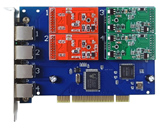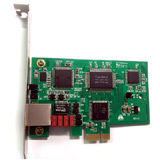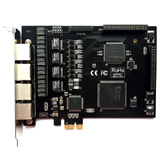
| Index |
||||||||||||||||
About VoIP VoIP challenges: Available bandwidth
Delay/Network Latency
Packet loss
Jitter
Echo
Security
Reliability
Pulse dialing to DTMF translation
Many VoIP providers do not translate pulse dialing from older phones to DTMF. The VoIP user may use a VoIP Pulse to Tone Converter, if needed. Fixed delays cannot be controlled but some delays can be minimized by marking voice packets as being delay-sensitive (see, for example, Diffserv). The principal cause of packet loss is congestion, which can be controlled by congestion management and avoidance. Carrier VoIP networks avoid congestion by means of teletraffic engineering. Variation in delay is called jitter. The effects of jitter can be mitigated by storing voice packets in a buffer (called a play-out buffer) upon arrival, before playing them out. This avoids a condition known as buffer underrun, in which the playout process runs out of voice data to play because the next voice packet has not yet arrived, but increases delay by the length of the buffer. Common causes of echo include impedance mismatches in analog circuitry, and acoustic coupling of the transmit and receive signal at the receiving end.
|
||||||||||||||||





